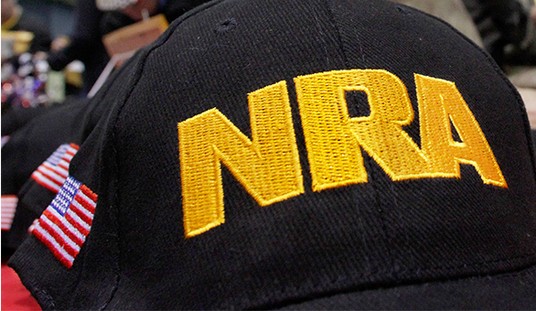A piece on NPR’s website — a surprisingly balanced piece — entitled “Decline In Hunters Threatens How U.S. Pays For Conservation,” points out a troubling trend, a trend that many of us have been aware of for years: hunting is on the decline.
The problem here is that hunting and fishing licenses represent the bulk of wildlife management agencies’ funding.
Back in the early 1900s, overhunting and overfishing had reduced many game populations to almost unsustainable levels.
As NPR notes:
George Bird Grinnell and Theodore Roosevelt, along with others like John Muir and Gifford Pinchot, helped establish the American conservation movement around the idea that wildlife and other natural resources, belong to all Americans – current and future. As such, they needed to be preserved or conserved.
That group was able to convince hunters and fishermen they should help pay for conservation efforts so that their children and grandchildren would have better opportunities than they did.
And it worked:
This user-play, user-pay funding system for wildlife conservation has been lauded and emulated around the world. It has been incredibly successful at restoring the populations of North American game animals, some of which were once hunted nearly to extinction.
Indeed, within a few decades, deer numbers had rebounded to the point that they had become a real hazard to life and limb while driving and a pest for farmers.
In my home state of Kansas, we were long the best-kept secret in deer hunting, with Whitetail bucks of a size most hunters only dream of and Mule Deer that some out-of-state pheasant hunters mistook for elk, as non-residents were not allowed to hunt big game here.
A few years ago, though, Kansas had to start allowing non-residents to hunt deer because the numbers had reached the point where state residents couldn’t keep them at sustainable levels. And not only were cars being heavily damaged, but the deer were in danger of starvation due to overpopulation.
As of 2015, Kansas leads the Midwest in the percentage of out-of-state hunters who come here just for big game. (Kansas has always been one of the leading states for Upland Game Birds.)
All these gains are threatened by demographic shifts and the number of hunters who are leaving the sport for one reason or another.
As NPR explains:
But with the slide in hunting participation expected to speed up in the next 10 years, widening funding shortfalls that already exist, there’s a growing sense of urgency in the wildlife conservation community to broaden that funding base. Congress is looking at tapping oil and gas revenues. Some states are adding general sales taxes, while others are looking for ways to tweak the user-play, user-pay model to better represent how today’s society interacts with wildlife, monetizing activities like wildlife-viewing.
Those efforts are running into a larger question: Is the greater public willing to pay more to protect wildlife?
“Conservationists need to be looking at what is the next step to keep our conservation programs and places strong and healthy,” says Mary Jean Huston, director of The Nature Conservancy in Wisconsin. “Things need to evolve.”
And they need to evolve fast.
Part of the problem is that hunters and environmentalists now view each other as the enemy, as more and more public lands are lost to hunters due to lawsuits.
Backcountryhunters.org has more on this:
For roughly two-thirds of the 20th Century, hunters and fishers were the bedrock of conservation. But beginning in the early 1970s, the ground shifted. The accomplishments of the conservation movement, to which hunters contributed mightily, began to pale in the face of new environmental issues and a new environmental movement that had priorities not centered on restoration of game and fish and the habitats on which they depend. Indeed, protection of wildlife and opposition to management practices that enhanced wildlife habitat became dominant.
Another issue is finding a place to hunt. Here in Kansas, it’s becoming increasingly difficult to find hunting ground as more and more farmers lease their ground to hunters — often from out of state.
It’s hard to blame the farmers and ranchers; most hunting occurs in the late fall and early winter when they are often working in the shop and not out in the fields. Leases are easy cash to help tide them over until harvest without having to do much.
But ground that used to support several hunters, now may only have one or two on it during the season.
There are no easy solutions here. Environmentalists are often opposed to hunting on moral grounds and scientific game management suffers. The increasing age of the population and demographic shift toward urbanization means fewer are growing up with hunting as a tradition, and for those of us for whom it is a part of life, it is becoming harder and harder to find places to take our children or grandchildren and teach them the joy of hunting.
What is clear, however, is that a new funding method is going to have to be found or we may find ourselves in the same situation we were in at the end of the 19th century.








Join the conversation as a VIP Member